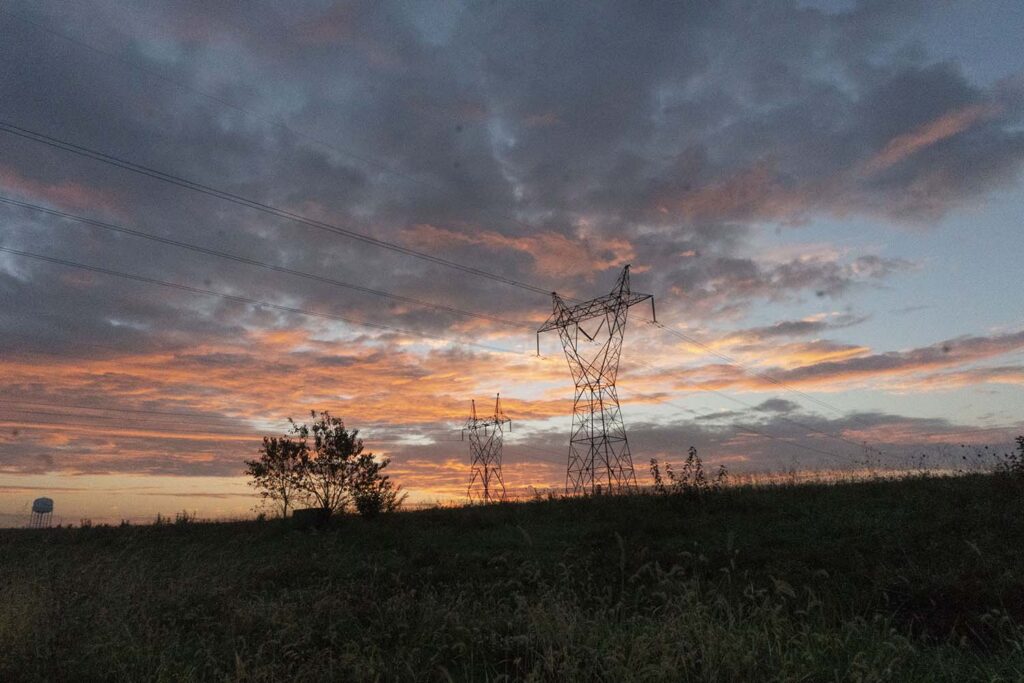
The Environmental Protection Agency released four major new regulations for the electric industry Thursday, including a much-anticipated rule to cut emissions from power plants, a sweeping move that NRECA CEO Jim Matheson said will aggravate reliability concerns for electric cooperatives and other utilities nationwide.
“The path outlined by the EPA is unlawful, unrealistic and unachievable,” Matheson said Thursday. “It undermines electric reliability and poses grave consequences for an already stressed electric grid.”
The power plant rule constrains existing coal and new natural gas plants by requiring them to deploy carbon capture and sequestration, a technology that is not yet proven or commercially available. The other three new rules tighten standards for mercury and air toxics and wastewater and impose requirements on legacy coal ash sites.
“This barrage of new EPA rules ignores our nation’s ongoing electric reliability challenges and is the wrong approach at a critical time for our nation’s energy future,” Matheson said.
He noted that the power plant rule would force the early retirement of always-available generation sources and limit construction of new natural gas plants just as the power sector is facing a surge in demand from factors like transportation electrification and the rapid expansion of data centers to support artificial intelligence, e-commerce and cryptocurrency.
Under the new rule, existing coal-fired units that plan to operate past the start of 2039 must reduce emissions of carbon dioxide by 90% by 2032. Units retiring before 2039 must co-fire with natural gas at a 40% rate starting in 2030.
Existing coal units that commit to close by 2032 will be exempt from the new requirements.
The rule also requires new natural gas plants operating as baseload— above a 40% capacity factor—to capture or avoid 90% of their carbon emissions by 2032. Operation of a natural gas unit without additional emissions controls is limited to 20% capacity factor.
The standards will inhibit cooperatives’ ability to economically and reliably replace lost coal generation. Cooperatives building new gas-fired facilities will either need to install CCS capturing nearly all emissions or run new gas units that can only operate a small portion of the time. The final rule did not include hydrogen co-firing as part of the EPA’s “best system of emission reduction,” but generators can use the technology to achieve compliance, EPA said.
The updated mercury and air toxics rule sets new limits on certain coal plant emissions. The effluent standards regulate wastewater discharges into water bodies near coal plants. And the legacy coal ash rule covers surface impoundments at inactive power plants and historical coal ash disposal sites.
Molly Christian is a staff writer for NRECA.